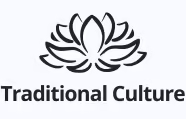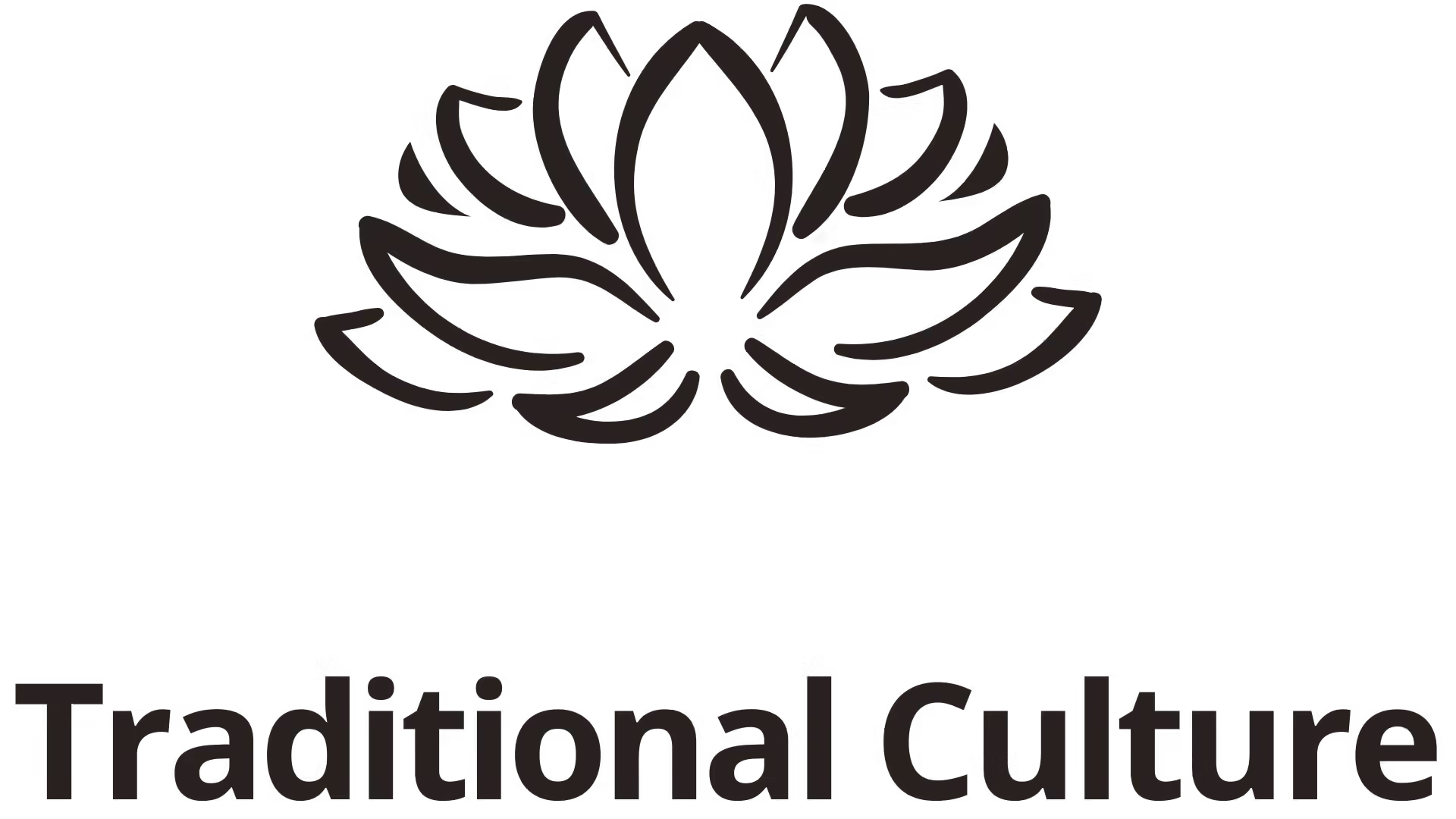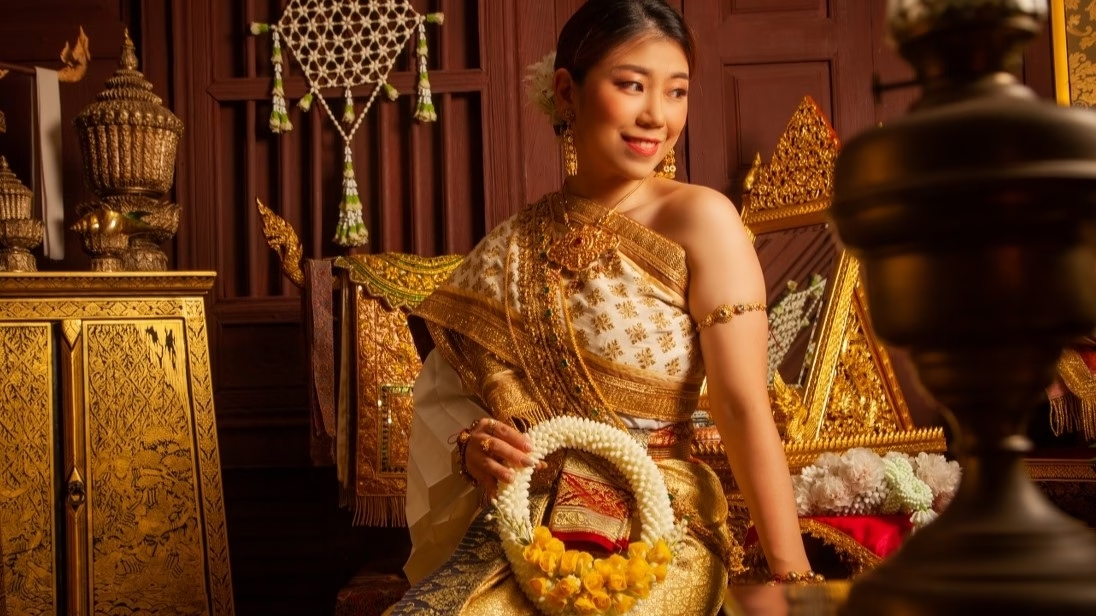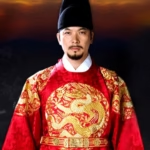The Chut Thai Chakkraphat stands as an enduring symbol of Thailand’s cultural magnificence, weaving together centuries of tradition with contemporary grace. This iconic national attire transcends mere clothing to become a living canvas that portrays the essence of Thai identity, artistry, and sophistication. Through its intricate designs and meaningful elements, the Chut Thai Chakkraphat continues to captivate both locals and international audiences, serving as a bridge between Thailand’s rich past and its vibrant present.
The Historical Evolution and Cultural Significance
The journey of Thai traditional dress reflects the nation’s dynamic history and cultural transformations. From royal courts to modern celebrations, the evolution of Chut Thai Chakkraphat mirrors Thailand’s social development and artistic refinement.
Royal Origins, Modern Revival, and Ceremonial Significance

The roots of Chut Thai Chakkraphat trace back to the Ayutthaya period, where it first emerged as ceremonial attire within palace walls. Royal patronage played a crucial role in establishing the garment’s prestigious status, with each monarch contributing unique elements to its design evolution.
In modern times, Queen Sirikit played a pivotal role in revitalizing traditional Thai attire, including the Chakkraphat. Her involvement in the design process ensured the preservation of historical authenticity while adapting the garment to contemporary aesthetics. She worked closely with artisans and scholars to meticulously recreate patterns and styles, solidifying Chakkraphat’s status as a symbol of Thai identity and cultural pride.
The intricate patterns and sophisticated craftsmanship reflected not just artistic excellence but also social hierarchy and cultural protocols. Court artisans developed specialized techniques for creating these garments, passing their skills through generations.
Traditionally, Chakkraphat was reserved for the most formal and significant occasions, such as royal ceremonies, state events, and religious rites. Its elaborate design and luxurious materials signified its wearer’s elevated status and the importance of the event.
Traditional Elements and Symbolism
Every component of the Chut Thai Chakkraphat carries deep symbolic meaning. The sabai (shoulder cloth) represents grace and modesty, while the pha sin (wrapped skirt) showcases regional textile artistry through its patterns and colors.
The integration of Buddhist and Hindu motifs in the fabric designs reflects Thailand’s spiritual heritage. Gold thread embroidery and intricate patterns often depict celestial beings, flowers, and geometric shapes, each carrying specific cultural significance.
Regional Variations and Local Influences
Different regions of Thailand have developed their own interpretations of the Chut Thai Chakkraphat, incorporating local materials, techniques, and design preferences. Northern styles often feature more elaborate embroidery, while southern variations may include distinctive batik elements.
These regional differences have enriched the overall tradition, creating a diverse tapestry of styles that collectively represent Thailand’s cultural plurality. Local artisans continue to innovate while maintaining core traditional elements.
Modern Interpretations and Contemporary Relevance

The adaptation of Chut Thai Chakkraphat into modern contexts demonstrates its enduring appeal and versatility. Contemporary designers and cultural practitioners are finding innovative ways to preserve its essence while making it relevant to modern lifestyles.
Fashion Industry Impact
Today’s fashion designers are reimagining the Chut Thai Chakkraphat through contemporary lens, creating pieces that honor tradition while embracing modern aesthetics. High-end fashion houses regularly showcase Thai-inspired collections on international runways.
These modern interpretations have helped introduce Thai cultural elements to global audiences, while creating new opportunities for traditional craftspeople to collaborate with contemporary designers.
Cultural Diplomacy and National Identity
The Chut Thai Chakkraphat serves as a powerful tool for cultural diplomacy, representing Thailand at international events and fostering cross-cultural understanding. Thai representatives often wear these traditional garments at diplomatic functions.
In addition, many foreign visitors have the opportunity to try on the Chakkraphat at tourist destinations, cultural exhibitions or Thai-themed events. This hands-on experience allows visitors to engage with the country’s rich traditions in a meaningful way, creating lasting impressions of Thailand’s cultural beauty.
Therefore, the Chut Thai Chakkraphat plays a crucial role in promoting national identity, particularly in the face of globalization, by preserving cultural distinctiveness while fostering meaningful engagement with the international community. This elegant attire serves as a powerful symbol of Thai identity and a captivating ambassador of Thai culture on the world stage.
Educational and Preservation Initiatives
Museums and cultural institutions are developing programs to educate younger generations about the significance of Chut Thai Chakkraphat. These initiatives combine traditional knowledge with modern teaching methods.
Digital archives and documentation projects are helping preserve traditional techniques and patterns for future generations, ensuring the continuity of this cultural heritage.
Craftsmanship and Production

The creation of authentic Chut Thai Chakkraphat involves sophisticated craftsmanship and attention to detail that has been refined over centuries. Modern production methods must balance tradition with sustainability and accessibility
Artisanal Techniques and Local Craftsmanship
The beauty of Chut Thai Chakkraphat lies not only in its aesthetic appeal but also in the artisanal techniques that contribute to its making. Each garment is a testament to the skills and dedication of local craftsmen and craftswomen, who often employ traditional methods passed down through generations. From dyeing fabrics with natural materials to hand-weaving intricate designs, these artisans breathe life into the garments, elevating them beyond mere fashion statements to works of art.
Local craftsmanship plays a pivotal role in ensuring the authenticity of the Chut Thai Chakkraphat. The use of local materials, such as silk from the Northeast or cotton from the Central Plains, connects the garments to their geographical roots. Moreover, these materials have inherent qualities that influence the final product’s texture, appearance, and structural integrity. The involvement of local artisans ensures that each piece tells a regional story, adding layers of depth to the narrative of Thai cultural identity.
The labor-intensive nature of producing Chut Thai Chakkraphat allows for the discovery of innovative practices that respect tradition while addressing modern needs. Sustainable practices have gained traction among artisans, as they incorporate eco-friendly dyes and renewable resources into their workflows. Such strides not only help preserve the environment but also enhance the garment’s value by aligning it with contemporary consumer ideals focused on sustainability.
Challenges in Modern Production
While the resurgence of interest in traditional Thai attire has invigorated the industry, artisans face numerous challenges that threaten the continued production of Chut Thai Chakkraphat. One significant hurdle is the competitive nature of the global fashion market. As trends shift rapidly, pressure mounts on local craftsmen to produce more quickly, often at the expense of quality.
Additionally, as younger generations gravitate toward urban lifestyles and away from traditional vocational paths, the knowledge required for artisanal craftsmanship risks fading away. Cultural transmission relies on mentorship and apprenticeship models, which are becoming increasingly rare as fewer young people choose to engage in textiles and garment-making based on traditional methods.
To combat these challenges, initiatives targeting skill development and youth engagement in traditional crafts are gaining momentum. Community programs aimed at fostering partnerships between master artisans and young students create opportunities for knowledge-sharing, renewing interest in this time-honored craft.
Future Directions and Innovations
As we look towards the future of Chut Thai Chakkraphat, innovation plays a vital role in its evolution. Designers are merging traditional themes with cutting-edge technology, blending digital printing techniques with hand-embroidered elements. This hybrid approach expands artistic possibilities without losing the soul of Chut Thai Chakkraphat.
Furthermore, social media platforms serve as powerful marketplaces and showcase venues for artisans to share their work globally. By leveraging online channels, designers can reach consumers beyond Thailand, fostering an appreciation for the unique craftsmanship of Chut Thai Chakkraphat in unprecedented ways. Increasing numbers of influencers and brands advocate for slow fashion, raising awareness about the significance of preserving artisanal traditions while embracing modern functionality.
Remote collaborative projects can also redefine how the Chut Thai Chakkraphat is produced and consumed. Engaging talents from both the local and international fashion communities promotes creative exchanges that translate into innovative collections without compromising the essence of traditional practices.
Cultural Education and Awareness
Understanding the importance of Chut Thai Chakkraphat goes beyond wearing it; it involves grasping its historical and cultural relevance. Bridging generational gaps and encouraging a collective appreciation for Thai heritage necessitates educational initiatives that foster greater awareness.
Educational Programs for Young Generations
Cultural education programs focused on Chut Thai Chakkraphat can provide young people with insights into its history, symbolism, and crafting techniques. Schools and community organizations are beginning to develop workshops where students actively engage in the design and creation processes. By participating in hands-on activities, students can form genuine connections with their cultural heritage, developing pride and recognition of their roots.
Field trips to regional textile centers or artisan studios deepen students’ understanding of how Chut Thai Chakkraphat is made, consequently instilling values of craftsmanship and sustainability. These experiences offer tangible reminders of the hard work and creativity behind traditional attire, prompting discussions on the importance of preservation in an increasingly fast-paced world.
Museums and Exhibitions
Cultural institutions play a vital role in highlighting the significance of Chut Thai Chakkraphat within the broader context of Thai heritage. Dedicated exhibitions showcasing various styles, historical contexts, and craftsmanship techniques facilitate deeper conversations about the garment’s impact on national identity.
Interactive exhibits enhance audience engagement, allowing visitors to explore fabric textures, color choices, and traditional motifs. Documentation films and oral histories featuring artisans’ stories humanize the experience, enabling visitors to appreciate the garment’s significance through personal narratives.
Collaboration between museums and local artisans fosters events that celebrate the garment, such as fashion shows and workshops, where viewers can experience the vibrancy of Chut Thai Chakkraphat firsthand. This kind of immersive storytelling helps demystify cultural attire for diverse audiences, creating empathy and understanding across cultural boundaries.
Digital Archiving and Preservation
As our world increasingly digitizes, efforts to document and preserve the legacy of Chut Thai Chakkraphat gain urgency. Digital archives capture patterns, techniques, and historical accounts from artisans, ensuring that future generations access this rich cultural repository.
These resources also hold potential as educational tools, allowing students and scholars to explore Thai cultural heritage remotely. Online platforms dedicated to Chut Thai Chakkraphat invite audiences to connect with artisans’ stories, revealing the shared cultural narratives that define Thai identity.
Investing in archival technology helps safeguard the future of traditional craftsmanship. By using publicly available sources to create accessible databases, collaborative efforts are encouraged to promote ongoing dialogue around cultural significance and adaptation.
Conclusion
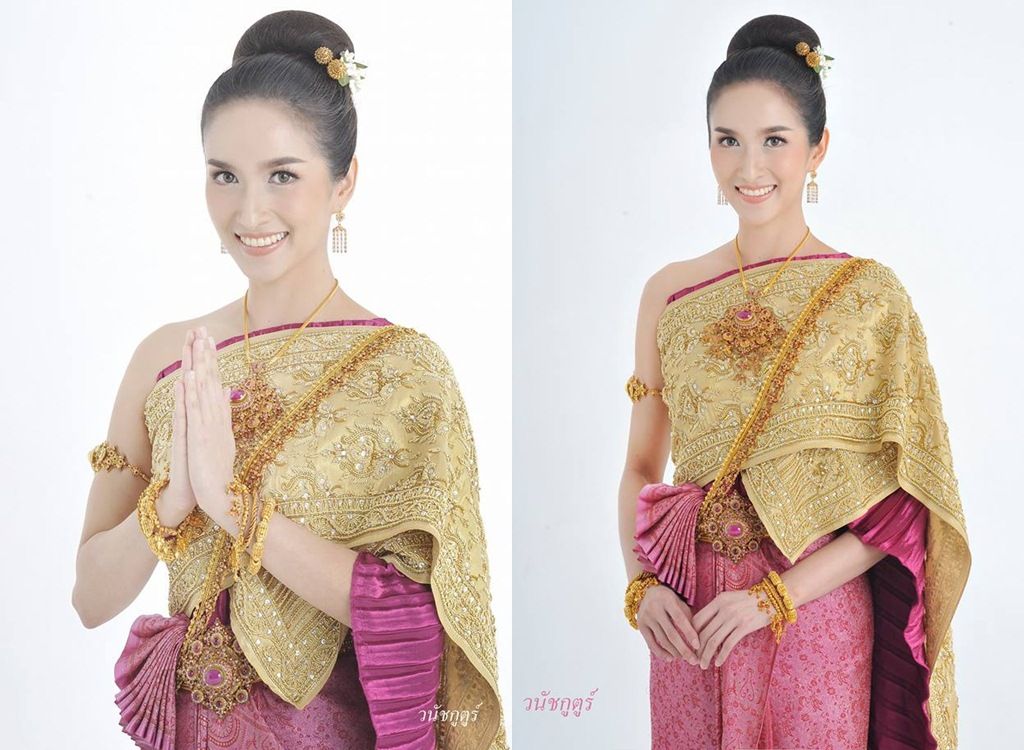
The Chut Thai Chakkraphat serves as a profound emblem of Thai identity, interweaving centuries of tradition with modern dynamics to remain relevant in contemporary society. Its historical, cultural, and artistic dimensions highlight the richness of Thailand’s heritage, while offering pathways for continued exploration, adaptation, and preservation.
This majestic garment not only reflects the artistry and values of the Thai people but also opens windows to deeper conversations about identity, culture, and sustainability. As we nurture a collective understanding of Chut Thai Chakkraphat’s significance, we uphold a commitment to honoring the past while embracing the possibility of innovative futures. Ultimately, rather than merely wearing a garment, we celebrate the essence of a culture that stands proudly amidst the currents of change.

